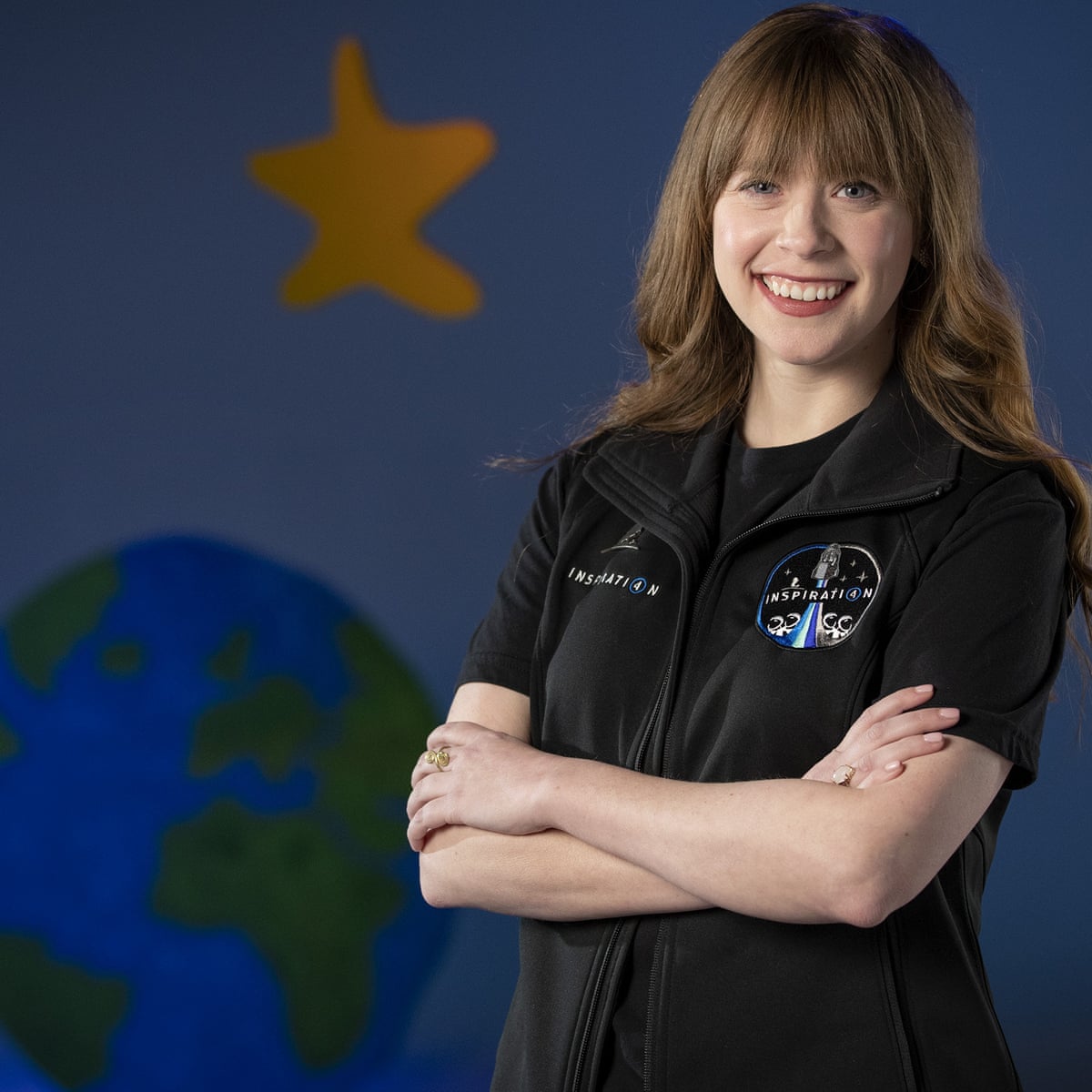Space tourism is actually nothing new. Back in the 1990s the breakup of the old Soviet Union left the Russian space program in a severe budget crisis. At that time the USSR possessed the only operating space station, a collection of modules named Mir, Russian for Peace. So desperate were the Russian space engineers to try to keep Mir functioning that they were forced to look outside of their own country for the necessary funds.

One of the ways that the Russians considered to get the money they needed was to provide a few rich capitalists with the vacation of a lifetime, a trip into space with a stay on the Mir space station. It took a few years to set up and the first paying customer for the Russian’s was not actually a tourist but rather a journalist named Toyohiro Akiyama. It was Akiyama’s employer, the Tokyo Broadcasting System who paid an estimated $30 million USD for his weeklong stay at Mir in 1990.

The first real space tourist was American businessman Dennis Tito. Tito was originally scheduled to fly to Mir but when the decision was made to de-orbit the Russian station in order to concentrate on the construction of the International Space Station (ISS) Tito was able to rearrange his plans to a weeklong stay at the ISS. The reported price was a cool $20 million. Since then six other men, and yes only men so far, have paid the necessary price to ride into space aboard Russia’s Soyuz capsule.

The end of NASA’s shuttle program in 2011 however left Soyuz as the only means for real astronauts to get to the ISS. With seats on the Russian spacecraft at a premium the space tourism business was put on hold until NASA’s commercial crew program could get underway and provide a second means of putting a man into orbit.
With the success of Space X’s first two manned missions however the space tourism ‘industry’ is now poised to begin a new phase of growth. Both Space X and Boeing, if it ever works out the problems in its Starliner capsule, have expressed interest in scheduling missions entirely devoted to space tourism whether they be to the ISS or simply into Low Earth Orbit (LOE).

In fact the first such purely tourist space mission is already tentatively scheduled for sometime late this year. Designated as the Inspiration4 mission the flight is being paid for by the billionaire Jared Isaacman. Isaacman has contracted with Space X to launch him and three guests into space aboard the corporation’s Dragon capsule for a flight that could last as long as five days in orbit. Isaacman intends for the trip to help promote his favourite charity, St. Jude’s Children’s Research Hospital so the remaining seats aboard the capsule will be filled with St. Jude’s in mind. The second astronaut for the trip has already been chosen and is St. Jude’s physician’s assistant Hayley Arceneaux who was herself a cancer patient at St. Jude’s when she was a child.


One of the remaining two seats will be chosen from a sweepstakes drawing to benefit St. Jude’s while the final seat will go to a randomly selected customer of Isaacman’s Shift4 corporation, a payment processing company. Notice that I failed to mention any NASA astronaut going along on the trip. That’s because Isaacman, who holds a pilot’s license plans on commanding the mission himself once he’s taken some training from Space X.
Inspiration4 may be the first but it certainly won’t be the last Space X mission dedicated to paying tourists. In fact Space X has teamed with a company called Axiom Space 1 to begin taking paying customers to the ISS beginning in 2022. And Space X has further ambitions as well, in 2017 the company’s CEO Elon Musk announced that he had made a deal with Japanese businessman Yusaku Maezawa to send the millionaire and up to eight ‘artists’ on a trip around the Moon using Space X’s Starship rocket. Now that rocket is still under development so no time frame for the trip has been announced.

Some other companies have equally ambitious dreams, let’s just call them that for the moment. Both Bigelow Aerospace Corporation and Orion Span Corporation intend to launch modules of their ‘luxury space hotels’ into LOE sometime in the next few years. The idea is that Space X or Boeing or maybe even the Russians will launch the tourists to the ‘hotels’ and then bring them back after a month or so in space. All of these plans depend on the companies involved getting sufficient financial backing so don’t be surprised if there’s a delay of a couple of years or so.

So if space tourism is about to ‘take off’, excuse the pun, as an industry, who’s regulating it? According to a UN treaty outer space doesn’t belong to anyone so what governmental agencies are going to be responsible for safety, training, launch schedules and hundreds of other mundane bureaucratic tasks?
Well, again according to the UN, the nation from which the space tourist mission will be launched shall have jurisdiction over how those missions shall be regulated and conducted. To that end the Federal Aviation Authority here in the United States has already opened an Office of Commercial Space Transportation. This office has been granted the power by act of congress to license all commercial space flights, including those under NASA’s commercial crew program, with an emphasis on safety for personnel and property.

So when will you be able to take a trip into space? Well if you happen to have a spare $20 million or so it looks like you could get your chance sometime in the next five years or so. For the rest of us however it’s probably going to be a rather long time.
